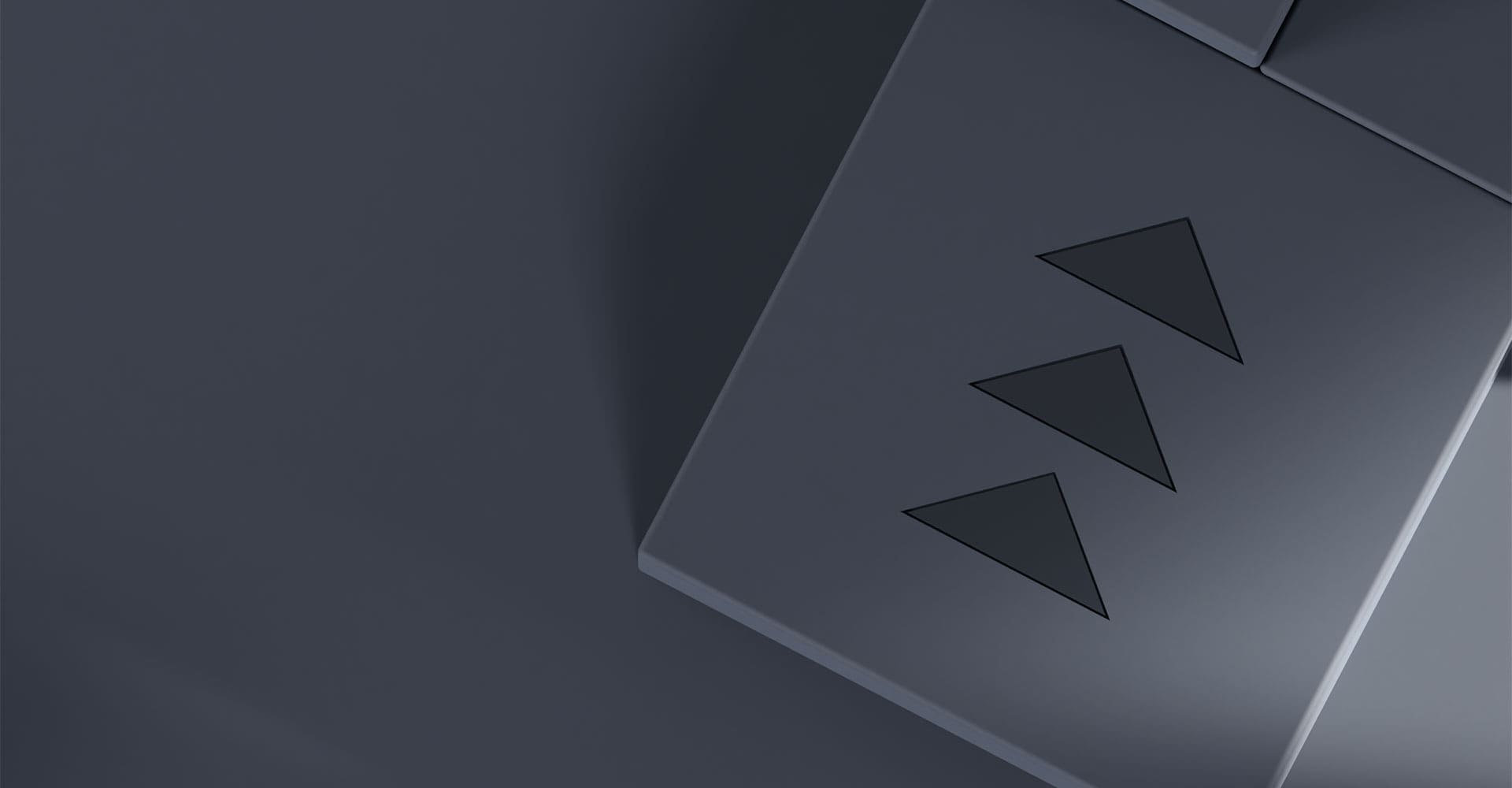What are the most common challenges proptech tackles?
What are the examples of proptech solutions?
How to make real estate applications secure?
Securing proptech solutions is crucial because they handle sensitive data (financial, personal, legal) and often interact with physical assets like buildings. Here’s how to make them secure:
- Secure architecture & infrastructure: cloud security best practices (e.g., AWS/Azure/GCP well-architected frameworks), zero-trust architecture, and
encryption. - Identity & access management: role-based access control (RBAC) or attribute-based access control (ABAC), multi-factor authentication (MFA) for admin dashboards, landlords, tenants, and agents, SSO integrations for enterprise users (e.g., Okta, Azure AD).
- Data privacy & compliance: comply with regulations like GDPR (EU), CCPA (California), HIPAA (if health-related tenant data is handled), data minimization (collect only what's necessary), data retention policies (delete or anonymize stale data).
- App & API security: input validation to prevent XSS, SQL injection, etc., rate limiting & throttling to stop brute-force or scraping, JWT or OAuth2 for secure API authentication, use API gateways (e.g., Kong, AWS API Gateway) to manage and monitor traffic.
- Regular testing & monitoring: penetration testing (external vendors or internal red teams), vulnerability scans (e.g., Snyk, OWASP ZAP), security logs & SIEM tools (Splunk, Datadog, ELK stack), bug bounty programs (via platforms like HackerOne).
How to leverage AI in real estate?
AI is transforming real estate by automating tasks, improving decision-making, and creating better experiences for buyers, sellers, landlords, and tenants. Here are some examples:
- Property valuation & pricing
- Personalized property search
- Chatbots & virtual assistants
- Computer vision for property analysis
- Market intelligence & forecasting
- Real estate investment & portfolio optimization










